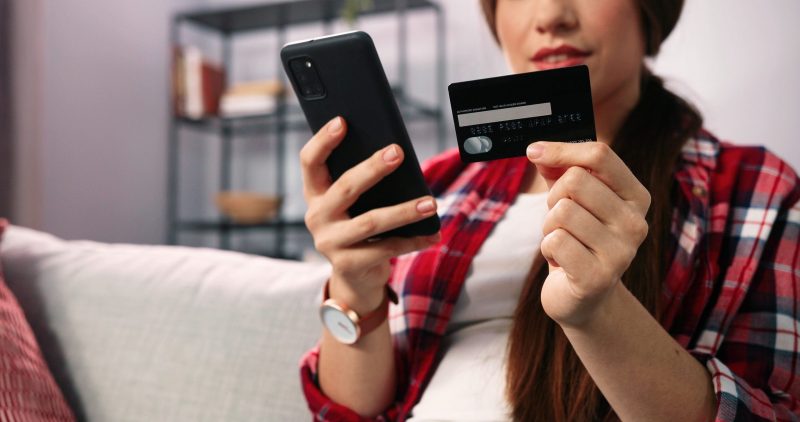HOW TO STOP IMPULSE BUYING FOR GOOD
 You’ve had a long day, one where nothing seemed to go right. On the way home, you need to unwind and swing by your favorite store. “I’ll just browse,” you tell yourself. Then you see it. That thing you have to have—and it’s on sale!
You’ve had a long day, one where nothing seemed to go right. On the way home, you need to unwind and swing by your favorite store. “I’ll just browse,” you tell yourself. Then you see it. That thing you have to have—and it’s on sale!
Next thing you know, the plastic is coming out of your pocket, and the item is going in your shopping bag. That’s an impulse buy. And they add up to over $2,000 in spending for the average U.S. consumer.
So how do you keep impulse buying in check? The first thing is to recognize why it happens.
The why behind the buy
All money is behavioral. And the reason most people make impulse buys is that it makes you feel better at some level.
That’s why most advertising is aimed at your emotions.
Think about an ad for something like cleaning supplies. The implicit message is, if you buy this product, you’ll have a clean house. If you have a clean house, that means people will think you have your act together.
That makes you feel good.
There’s also good old FOMO, Fear Of Missing Out. That’s why you often hear sale ads say things like, “But, hurry! Sale ends Friday!” or “Don’t wait, because when they’re gone, they’re gone.”
Fear is a massive driver of impulse buying.
Both of these tactics are aimed to hit you at your weakest moments or make you think life would be so much better if only you had a particular product.
The bottom line is that impulse buying is never driven by rational thought. But is there a way to bring common sense to an emotional situation? You bet! Let’s take a look.
Just go with your impulse, but not too much
Impulse buying is actually okay, but you have to set limits. Put some fun money in your budget each month based on what you can afford. It might be $20, or it might be $200. Carry it in cash, so you don’t overspend, but keep it handy. Give yourself the luxury of buying something just because you want to.
This will keep budgeting from feeling like such a burden. It will also give you a sense of control in impulse buying situations.
Create friction
Amazon created one of the greatest online retail sites in the world by making buying online easy. Even if you don’t have Amazon prime, a purchase is only two clicks away.
But you can reverse engineer that idea to make impulse buying hard.
Take your favorite retail sites off your bookmarks and remove their apps from your phone. Then, remove your credit card information from them, so you need to dig around for your card to buy.
For that matter, freeze your credit cards in a cup of water. All these simple tactics will give you time to think about why you’re buying something and ask yourself some important questions like:
Do I really need this?
Will I be happy about this purchase in a week? Two weeks? A year?
Cash is King
Carrying cash or a limited debit card will help you control impulse buys because you’ll know your resources are limited. Biology plays a role, too. A joint study between Carnegie Mellon University, Stanford, and MIT showed that pain centers in the brain were activated when people using cash perceived high prices.
It literally hurts to give up that cash on something you don’t need!
So, as the holiday season approaches, just remember you are in control. Your money won’t move until you say so. Take a moment to put some friction between you and your next impulse buy. You’ll be glad you did!